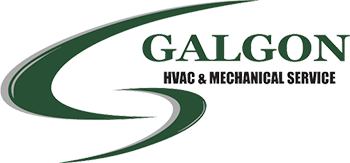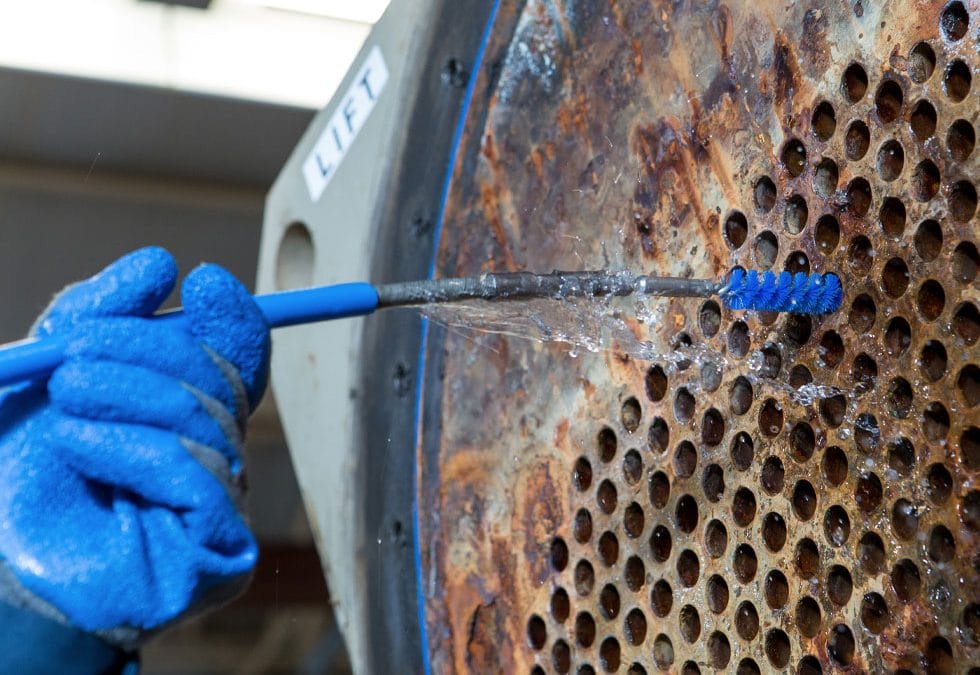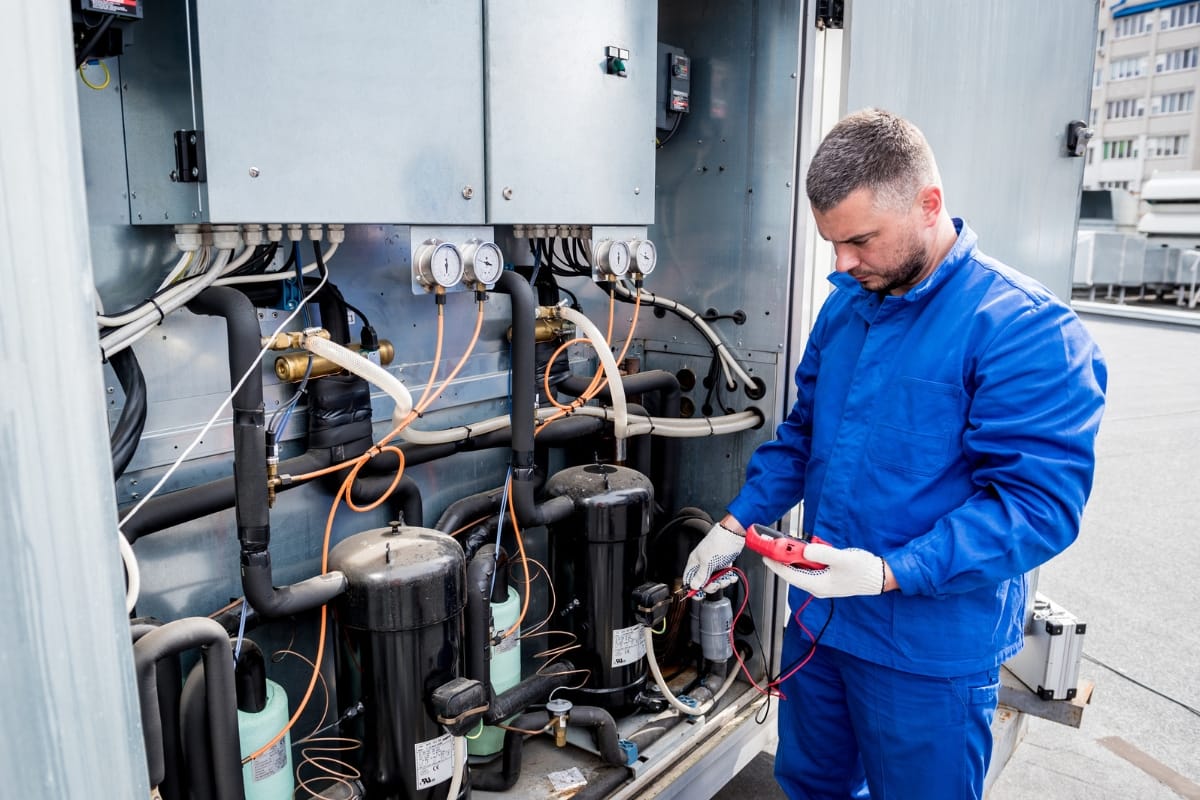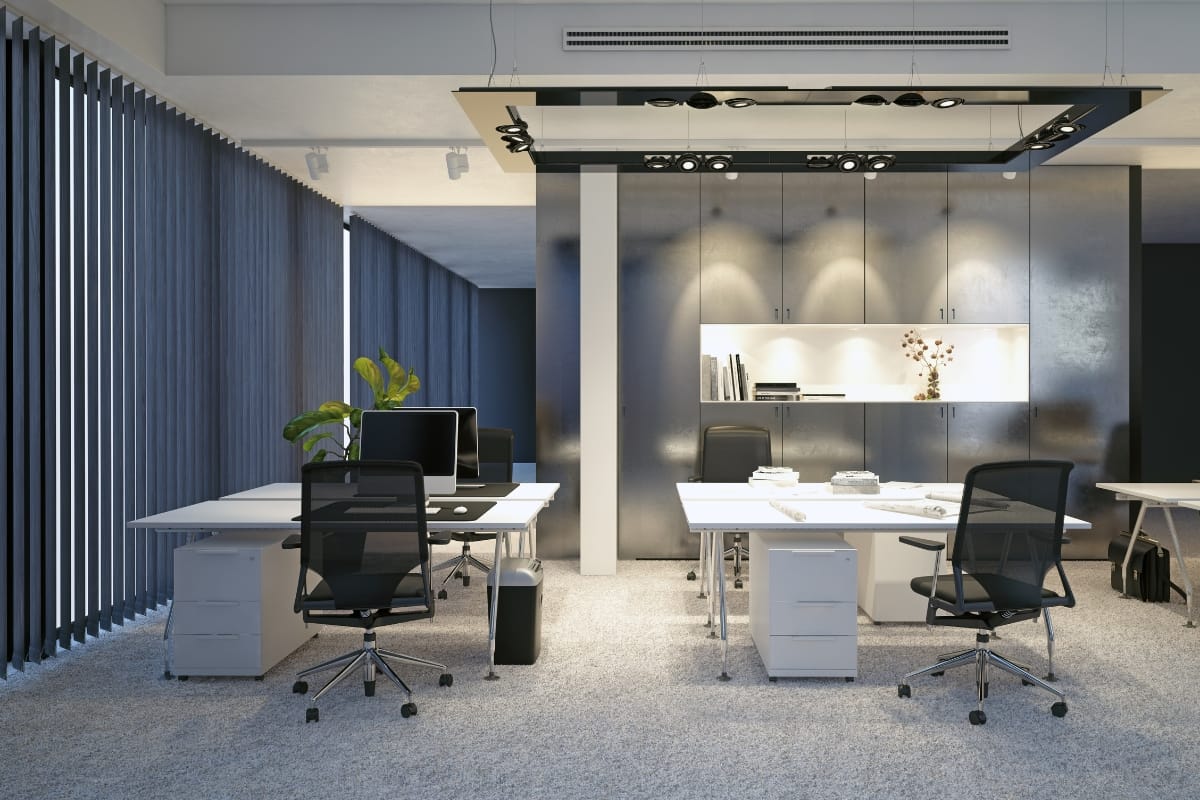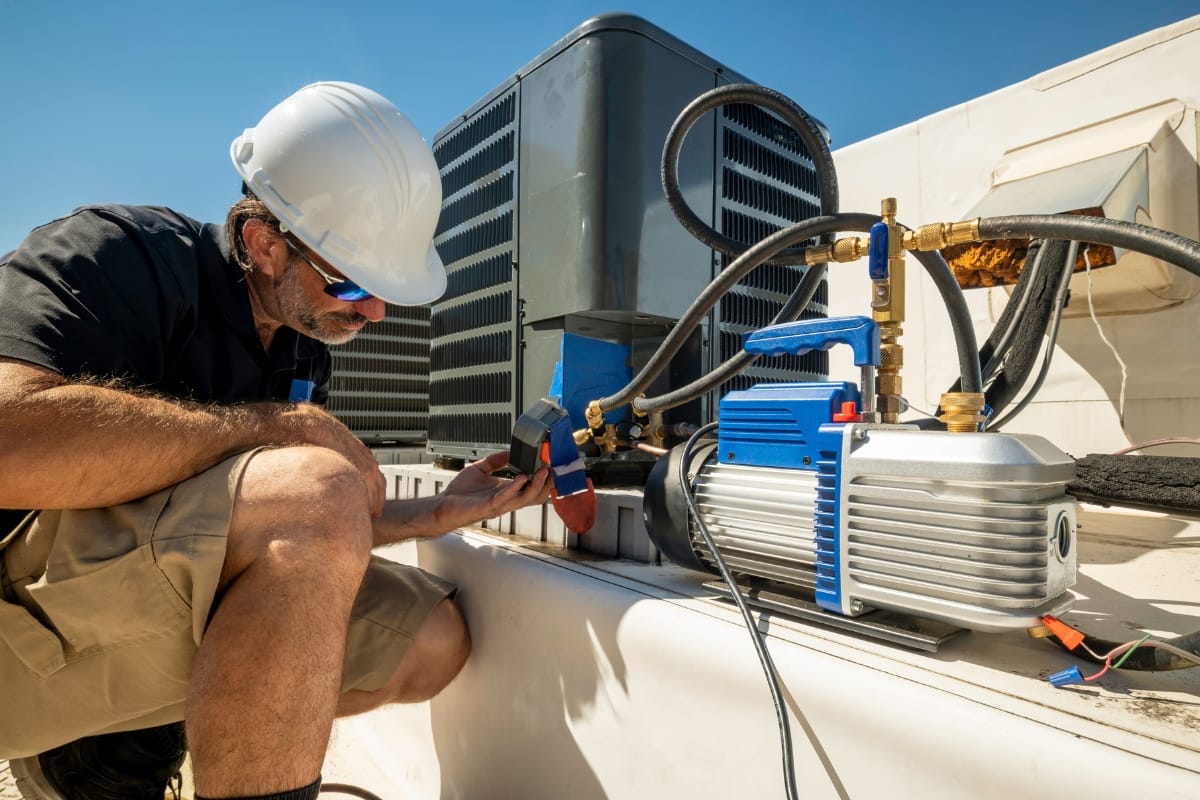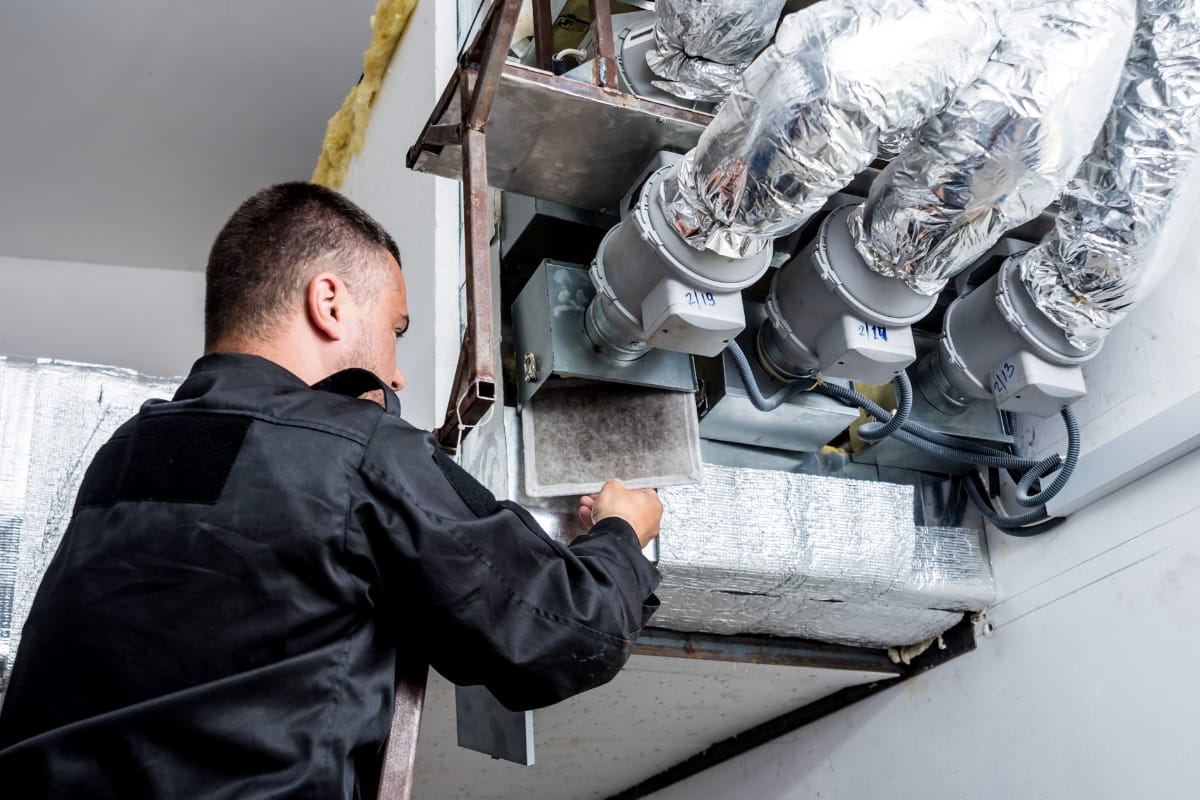Chiller Maintenance
There are many programs out there on preventative maintenance for your chiller. These are a big-ticket item if you have them in your facility. If your chiller goes down it is usually a big deal. Below are some tips to help you make sure you are maintaining your chiller properly in your building.
1. Keep a Daily Log
The daily log is still the first step toward maintaining an efficiently-run chiller plant. The log allows you to build a history of operating conditions including temperatures, pressures, fluid levels, and flow rates. Keeping a good log can also allow you to easily generate trend reports that help to identify maintenance issues before they become a problem.
2. Keep tubes/coil clean for efficient heat transfer
Heat transfer efficiency has the greatest single effect on chiller performance, so clean heat transfer is fundamental to maintaining high efficiency. Contaminants such as minerals, scale, mud, algae, and other impurities increase thermal resistance and reduce overall performance. Approach temperatures are a good indicator of heat transfer efficiency. Higher approach temperatures are prime indicators that heat transfer efficiency is decreasing. Condenser tubes should be brush cleaned at least annually, or per your demand maintenance schedule to keep them free of contaminants. This is also the case if you have an air-cooled chiller. The condenser coil needs to be cleaned to ensure that items such as leaves, trash, mud, etc. are not compromising the heat transfer that is happening with the coil.
3. Treat condenser water to prevent scale, corrosion
All condenser water loops using cooling sources open to the atmosphere like a cooling tower require water treatment of some sort to eliminate scale, corrosion, and biological growth. All lead to contaminating the condensers and impede heat transfer and can decrease tube and piping effectiveness. Inspect chilled water loops regularly for general water quality and evidence of corrosion.
4. Lower entering water temperature
Lowering the temperature of the entering condenser water will improve the chiller’s efficiency. On some building systems, the operator will lower the chilled water set point to overcome air handler deficiencies such as dirty coils. This cures the symptom but not the problem, and makes the chiller work harder for the same net cooling effect. Changing the chilled water flow rate affects a chiller’s performance. Too low a flow rate lowers the chiller efficiency and ultimately leads to laminar flow. The minimum flow rate is typically around 3-ft. per second (FPS). Too high a flow rate leads to vibration, noise, and tube erosion. The maximum recommended flow rate is typically around 12 FPS. All of this though depends on the chiller and the manufacturer settings it calls for. Everything facility is different and needs different things from their chillers.
5. Maintain adequate refrigerant charge
The actual amount of cooling a chiller provides depends on how much refrigerant it moves through the compressor. It is important to maintain the proper level of refrigerant for the conditions desired. Refrigerant leaks, as well as air and moisture introduced into the system, will decrease efficiency and the reliability of the system. A low refrigerant charge will cause the compressor to work harder for less cooling effect.
6. Prevent inefficiencies caused by non-condensables
Non-condensables such as air and moisture leak into low pressure chillers because their evaporators operate in a vacuum. Non-condensables can lower the real efficiency of the chiller from the rated performance by as much as 4% at 60% load and 7% at 100% load. Purging chillers can minimize the effect of non-condensables.
7. Analyze compressor oil
Most chiller manufactures recommend sending a sample of the oil in the chiller to be analyzed by a lab once a year depending on the chiller and maintenance schedule. Like any hermetically sealed refrigeration system, the oil should only be replaced if the analysis indicates it’s needed. High moisture can indicate a problem with the purge unit. Check oil filters for pressure drop and replace them if the oil charge is replaced. New, magnetic bearing frictionless chillers require distinctly different maintenance and operations from traditional centrifugal chillers. Oil has been eliminated in the design of these chiller systems, further reducing maintenance costs.
8. Check operation of starters and motors
For efficient operation of starters and motors, check the safety and sensor calibrations on microprocessor controls (consult manufacturer’s guidelines). Then, check electrical connections, wiring, and switchgear related to the chiller for hot spots and worn contacts. To prevent insulation faults, test electrical motor windings for insulation resistance to ground and winding-to-winding. Check the shaft seal of open drive motors for possible refrigerant leaks, and clean motor cooling air vents to ensure the maximum cooling effect.
9. Install variable speed drives or variable frequency drives
The chiller motor is typically the largest single electrical load in a building. With the right operating conditions, variable speed drives (VSD)/ variable frequency drives (VFD) can offer significant energy savings. Varying motor speed matches motor efficiency to load and wastes less energy. Variable speed drives also act as a soft starter to lower the inrush current for the motor to almost that of the full load running amps. The better modulated and controlled the chiller is, the more efficiently it will run, saving the building money on energy consumption.
